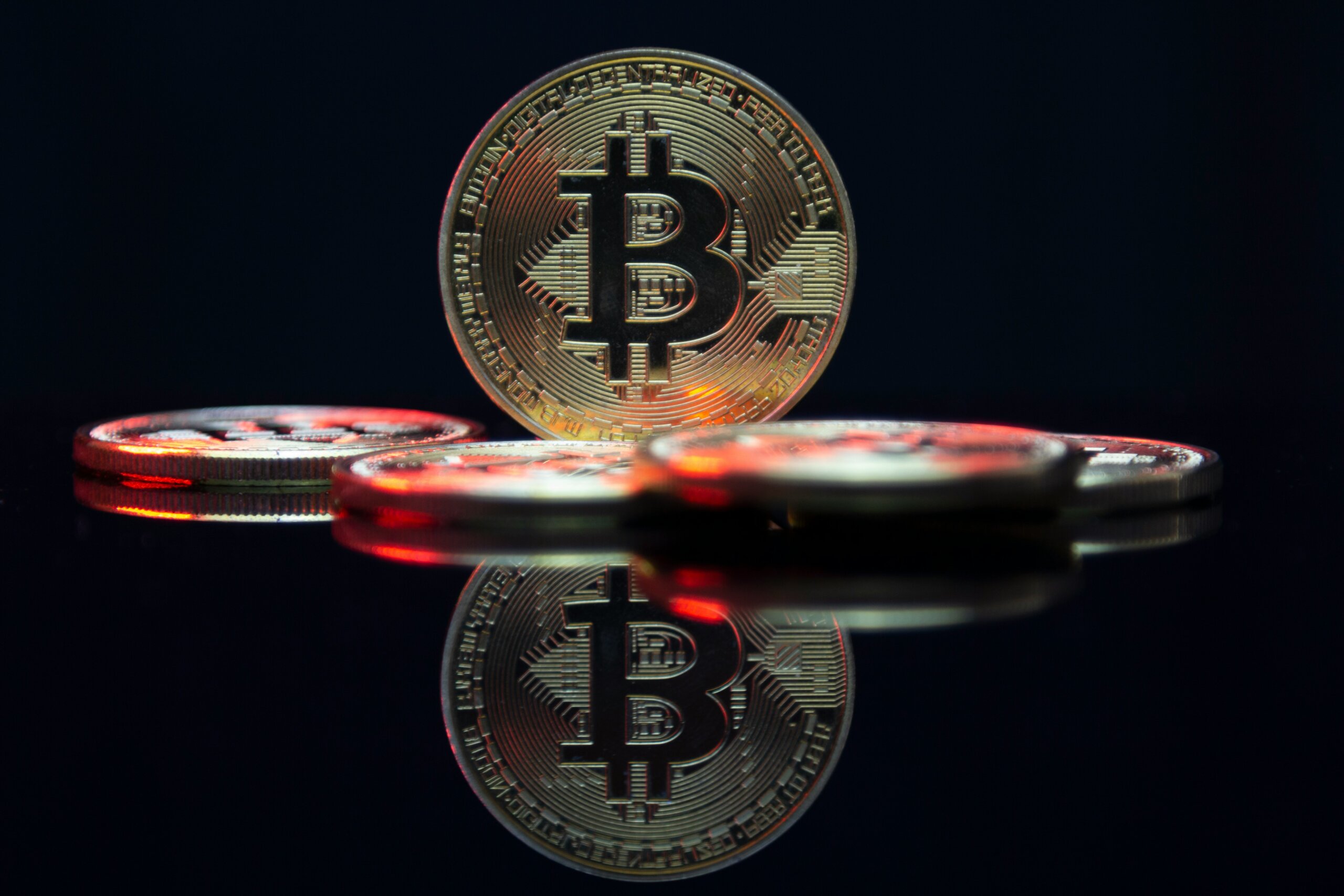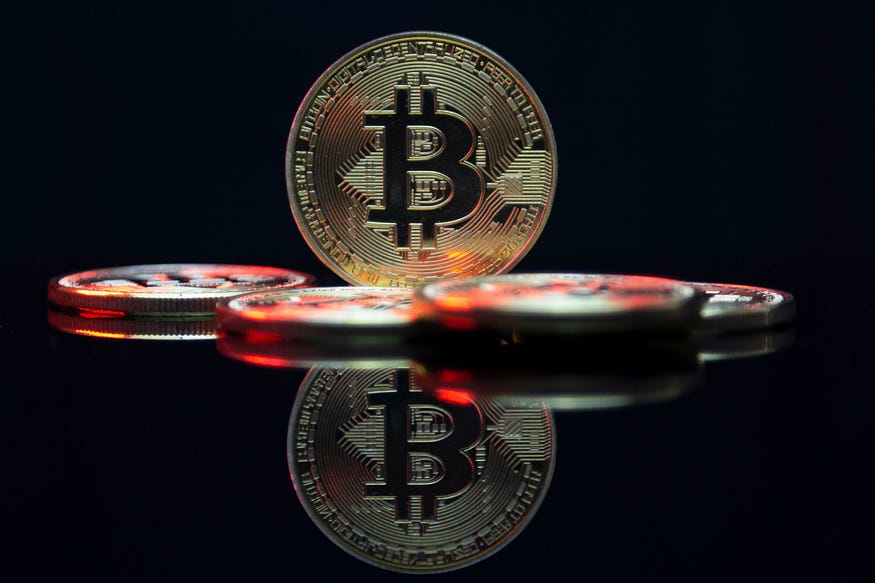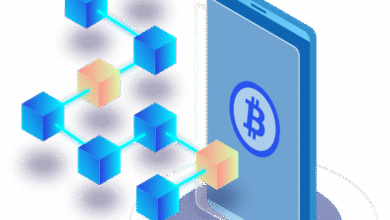How Digital Asset Staking Works for Beginners?


It can be hard to know where to begin with digital asset holding. There is good news, though: it’s easier than you think. This guide breaks down everything you need to know about staking.
What Exactly Is Digital Asset Staking?
Think of staking like putting your money in a savings account. But instead of earning tiny bank interest, you earn much higher rewards.
When you hold digital assets, you lock up your tokens to help keep a blockchain network safe.
It works like this: you hold on to certain digital assets and “stake” them by locking them up for a certain amount of time. While your assets are locked, they help validate transactions on the network. In return, you earn rewards — usually more of the same digital asset you staked.
The beauty of staking lies in its simplicity. You don’t need expensive equipment or technical knowledge. Your digital assets do the work for you while you earn passive income.
Why People Are Excited About Staking?
The rewards are impressive. While traditional savings accounts offer 0.5% to 2% annually, staking can generate 5% to 15% or even higher. Some newer projects offer even more attractive rates.
When you stake, you’re not just watching your balance change, you’re also helping the whole digital asset community stay on track. Your involvement adds a bit more strength and reliability to the system for everyone using it.
What is the first step in getting started in staking?
Starting with staking is easier than you think. Most major platforms now offer simple staking options. You can stake through exchanges like Binance, Coinbase, or Kraken.
Here’s what you need to do:
First, choose your digital asset. Ethereum, Cardano, and Solana are all popular choices. Each has different requirements and reward rates.
Next, decide how much to stake. Many platforms let you start with small amounts. You don’t need thousands of dollars to begin.
Finally, choose your staking method. You can stake directly through exchanges or use specialized staking platforms. Each option has different features and requirements.
What are the Disadvantages of Digital Asset Staking?
- Asset values can fluctuate while staked
- Funds may be locked and not easily accessible
- Technical issues or platform problems can affect assets
- Security risks from hacks or bugs
- Some methods require extra knowledge or setup
Onewave Staking:
With OneWave staking, you can watch your staked amount grow steadily over time, and the setup is simple. Everything happens within a platform that brings together different ways to use and manage your digital assets, so you don’t have to jump between services.
With OneWave, you can choose a staking period of up to 25 months and see your balance grow each month. The platform is easy to use and brings together different tools for managing your digital assets in one place.
Daily rewards make it simple to track your progress, whether you’re just starting out or already know your way around digital assets. Everything is set up to keep things clear and straightforward.
It can feel overwhelming to know where to start with digital asset holding, but the good news is that it’s easier than most people think. This guide explains everything you need to understand about staking, one of the simplest and most popular ways to earn rewards in the crypto world.
What Exactly Is Digital Asset Staking?
Think of staking like depositing money in a savings account—but instead of earning a tiny interest rate from a bank, you earn significantly higher rewards. By locking your digital assets, you help keep a blockchain network secure and efficient. In return, you earn additional tokens as rewards.
The beauty of staking lies in its simplicity: no expensive hardware, no advanced technical knowledge, and no need to run complex mining rigs. Your assets work for you while you earn passive income.
Staking works like putting money into a savings account, but instead of earning tiny bank interest, you can earn significantly higher rewards. By locking your digital assets for a set period, you help validate transactions and keep a blockchain network secure. In return, you receive rewards, usually in the same asset you staked.
The beauty of staking lies in its simplicity. You don’t need expensive hardware, mining rigs, or deep technical skills. Your digital assets do the work for you, allowing you to earn passive income while supporting the blockchain ecosystem.
Disclaimer: This write-up is meant to share general information, not to guide your financial choices. Take time to explore and understand things on your own before making any moves.
visit now : https://theglobalnewz.com/





